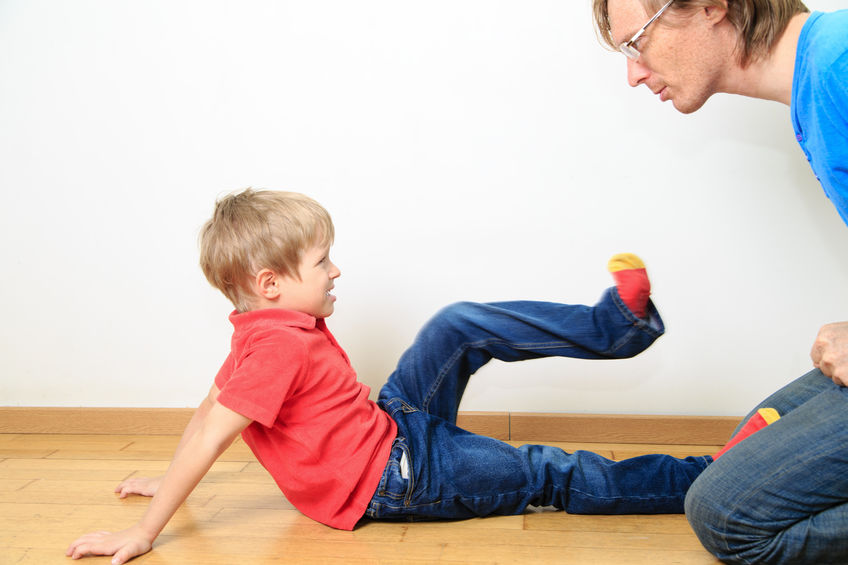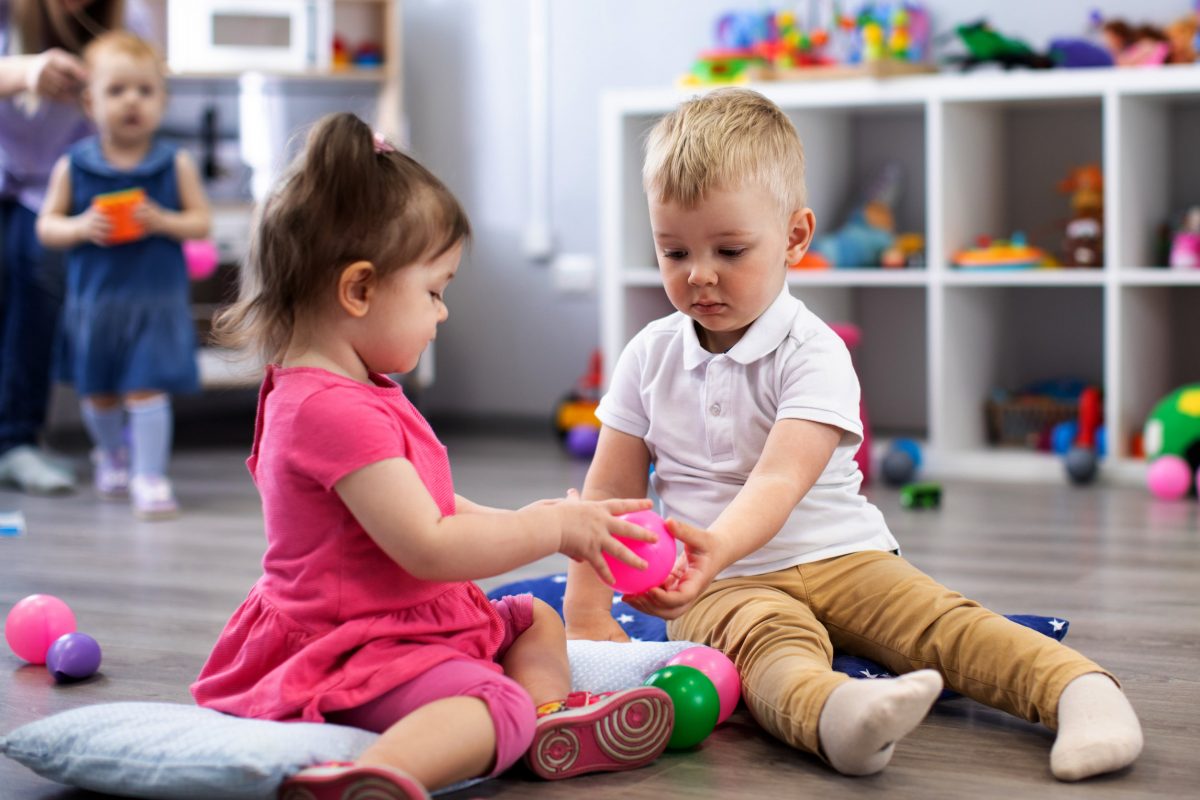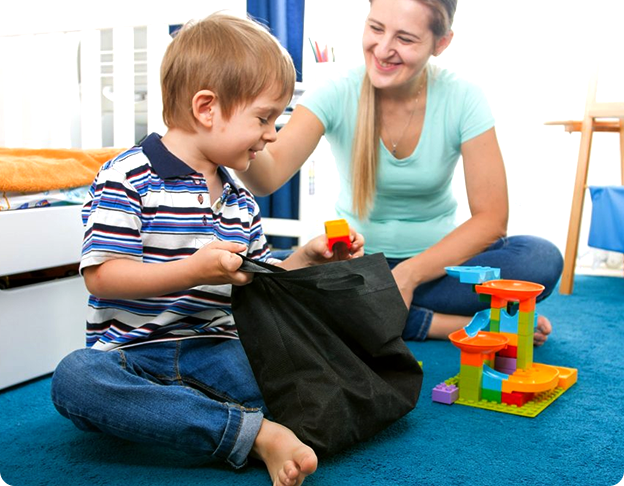Children on the autism spectrum often exhibit inappropriate social, emotional, or academic behaviors. According to the principles of Applied Behavior Analysis, every behavior is functional, meaning that it serves a purpose. A functional behavioral assessment, or FBA, and a behavior intervention plan, or BIP, can be used by Behavior Analysts (BCBAs) to help change or manage the behaviors.
- FBAs and BIPs are a team effort. Although the team members can vary, they normally include the child’s parent or other caregiver, their teachers, a school counselor, and a Behavior Analyst (BCBA) or other qualified psychologist.
- The FBA includes a definition of the behaviors that need to be changed. For example, what actions are the child committing that cause harm to themselves or others? How do the child’s actions interfere with learning? Only observable, measurable behaviors are included. Therefore, displaying laziness, rudeness, or disrespect are not labeled as target behaviors. Instead, target behaviors include things like biting, hitting, or running away.
- The FBA collects information about why and when the child exhibits problem behaviors. For example, what precedes the behavior, and what happens afterwards? Is the behavior limited to specific situations? Where does the behavior occur, and how long does it last? Who else is present when the behavior occurs? For instance, does the behavior only happen during a specific time, or does it happen at random times throughout the day? Does the presence of a specific individual seem to trigger or exacerbate the behavior?
- Data will be collected and assessed as part of the FBA. This may include direct and indirect observations from parents, teachers, siblings, or psychologists. School records may be reviewed, or the child may be observed in different settings. As a caregiver, you can also collect ABC data to assist with this process and potentially help expedite it.
- The FBA team will use the information to formulate a hypothesis or summary. This is an attempt to understand the reason that the child exhibits the behavior.
- If there is sufficient knowledge and information about the circumstances and causes of the child’s behavior, it may be possible to skip the FBA and go straight to the BIP.
- The BIP will incorporate data from the FBA, including ideas about the purpose of the target behavior
- An FBA and a BIP may be formulated for any of the child’s behaviors that affect learning. However, at any time, the child’s parent may request a functional behavior assessment. If the FBA is requested by the school for evaluation purposes, the school must obtain parental consent prior to conducting the FBA.
- The BIP is a part of ABA therapy that is designed to provide strategies for positive interventions to address the behaviors that the FBA identified. These strategies may include giving the child more opportunities to make choices, changing routines, or modifying classroom instruction.
- The BIP can also include a strategy to replace the target behavior with new skills. This could include improving the child’s social skills, communication skills, self-management skills, or choice-making skills.
- The BIP should address methods of teaching the new behaviors. Common ways include social stories, modeling, direct instruction, practice, and prompts.
- The BIP should include the consequences for exhibiting the target behavior. For example, if the child hits a classmate while playing outdoors during recess, the child might forfeit the right to go outside for a specific number of recesses. However, exhibiting the desired behavior should also have consequences. If the target behavior was the child’s talking without receiving the teacher’s permission, for example, a raised hand to seek permission to speak should be acknowledged and rewarded in some manner.
- The BIP should include the names of those responsible for implementing the plan as well as a date to start the implementation
- The BIP should also include a list of the materials and training needed for those responsible for the implementation as well as sources of support for them.
- The BIP will include timelines or benchmarks for reviewing the data collected, holding team meetings, and monitoring the progress of the plan.
- As the child’s behavior changes, the BIP will need to be modified
- During the school year, if the child’s behavior leads to their absence of 10 or more days due to disciplinary actions, the Individualized Education Program, or IEP, is required to conduct an FBA and create a BIP. Should a BIP already exist for the student, it must be reviewed; if necessary, the BIP must be revised to include the child’s new behavior.
- A good BIP will include at least one objective that is intended to increase a new, positive behavior. It should also include the skills that the child needs to learn or work on as well as the methods that team members will help the child learn or improve those skills.
The principles of ABA can help many parents address the behaviors that their children display. If you are interested in learning more, please read our blog on ABCs of ABA, which stand for Antecedent, Behavior, and Consequence. These can help you understand everything that happened before, during, and after a behavior occurred.




